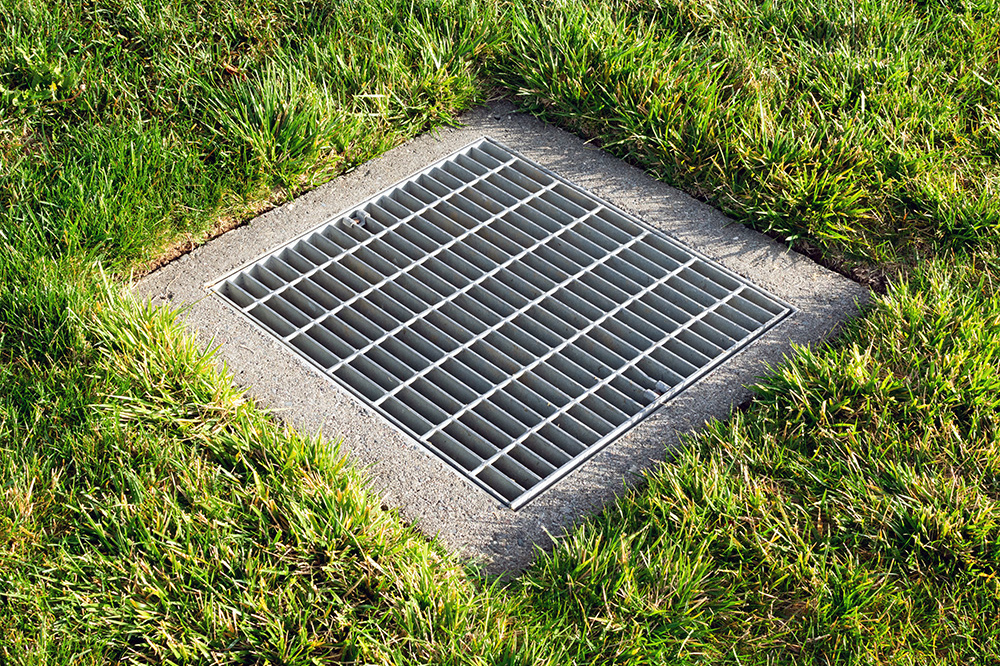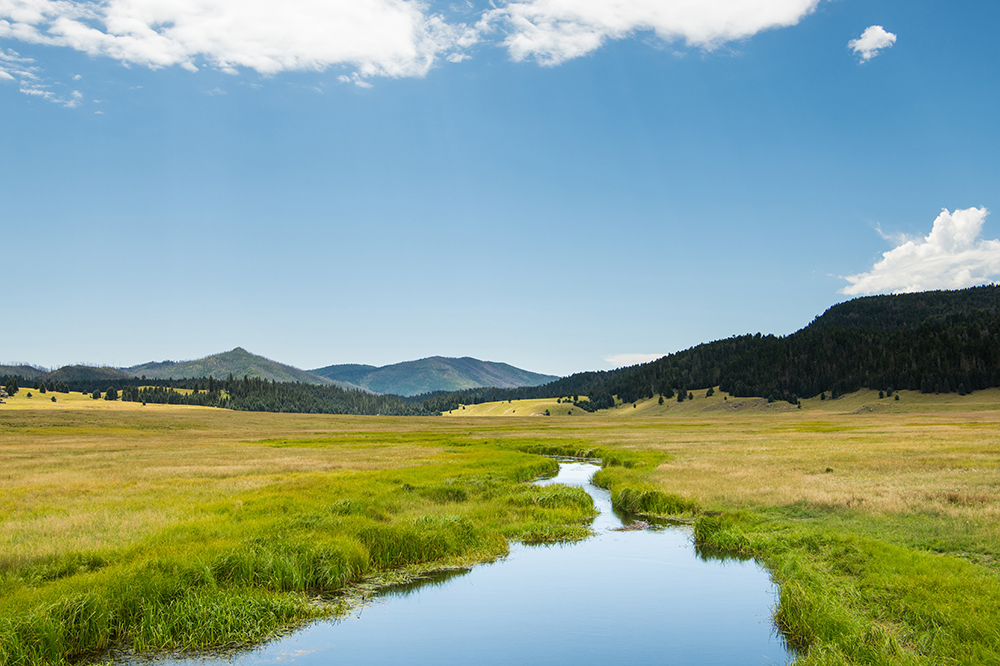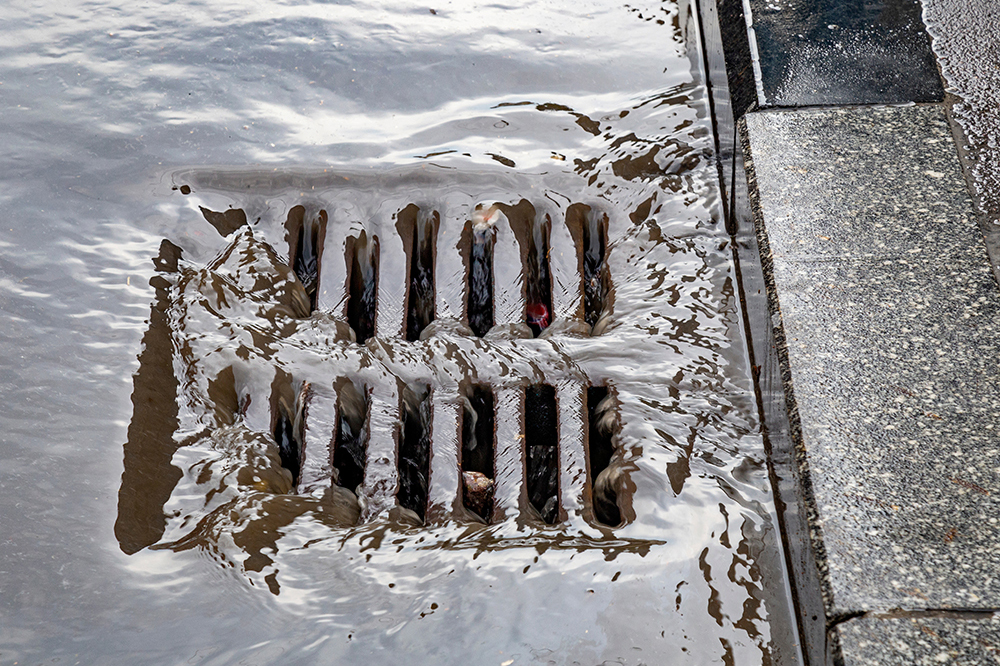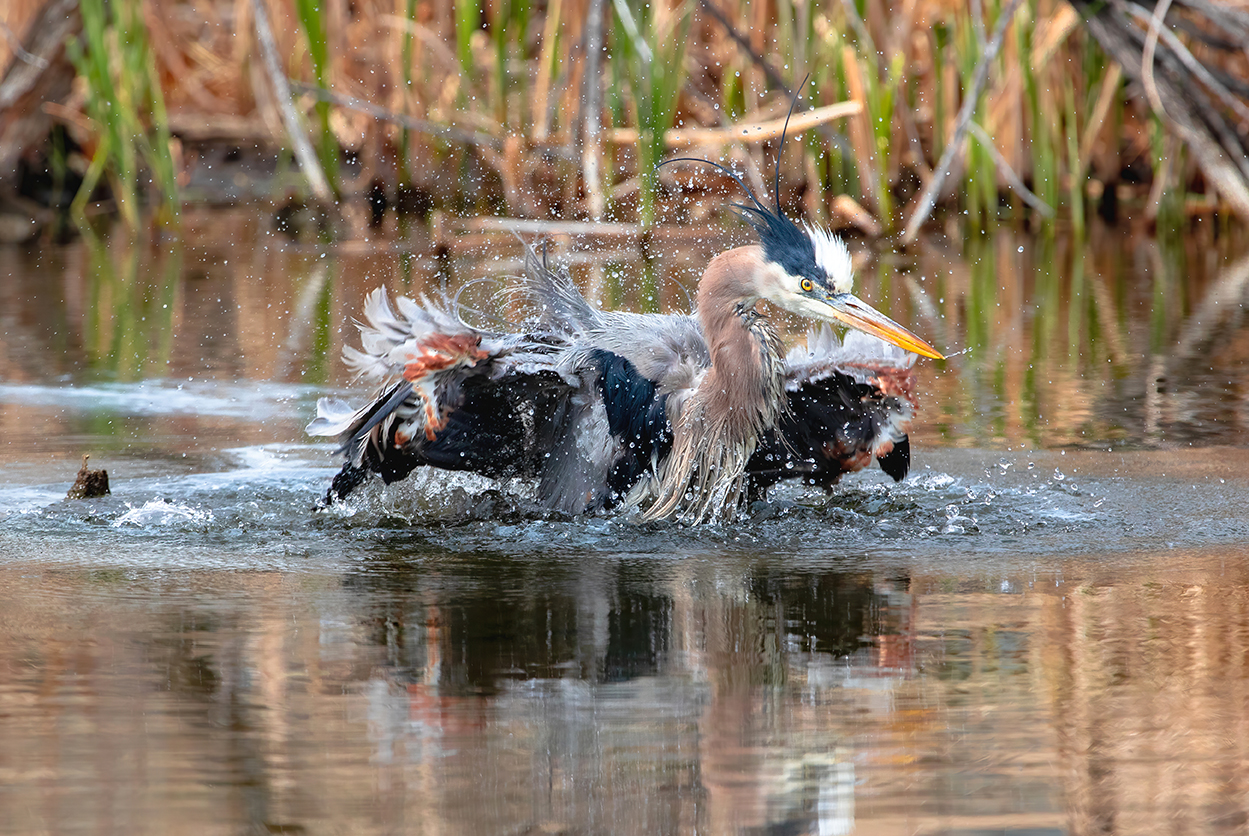A Timeline of Recent Stormwater Regulatory Policies
The earliest law to address water quality in the United States was the Federal Water Pollution Control Act of 1948, which in 1972 was amended and became known as the Clean Water Act (CWA). The CWA is the primary law governing stormwater, but it is complimented, or some may argue, complicated, by various state and local laws that have also been enacted in more recent years, often with more stringent regulatory requirements. The following timeline provides an overview of some of the more recent developments in stormwater policy that may affect your business. For additional information, we invite you to contact us, and to follow our blog for updates to this timeline, and our other useful resources.
Stormwater Regulatory Policies

Apex Associated Press (Apex AP) represents contributions from various authors within the Apex professional community.
Disclaimer
Please note that all content provided on this blog is for informational purposes only and does not necessarily represent the views, opinions, strategy, or methods of Apex Companies, LLC (Apex). Apex makes no representations as to the accuracy or completeness of any information on this site or found by following any link on this site. Apex will not be liable for any errors or omissions in this information nor for the availability of this information. Apex will not be liable for any losses, injuries, or damages from the display or use of this information. Apex reserves the right to edit or delete any comments submitted to this blog without notice to whoever wrote, submitted or posted the comment. Anyone who submits or posts any material to this blog waives any right or claim to privacy with respect to the content submitted or posted. By submitting or posting any content, the person or entity that does so is representing that they believe it to be accurate, have a legal right to the content, and have legal authority to submit or post it. Please do not submit or post anything if this is not the case. Please consider these requirements carefully when submitting or posting comments, photographs or other material relating to third parties who may have privacy, ownership or other rights implicated by the content. Readers are encouraged to seek professional legal, scientific, and/or engineering consultation concerning specific environmental, engineering, or other concerns. If you would like to contact Apex for more information regarding professional consultation to address your specific concerns, click here.










